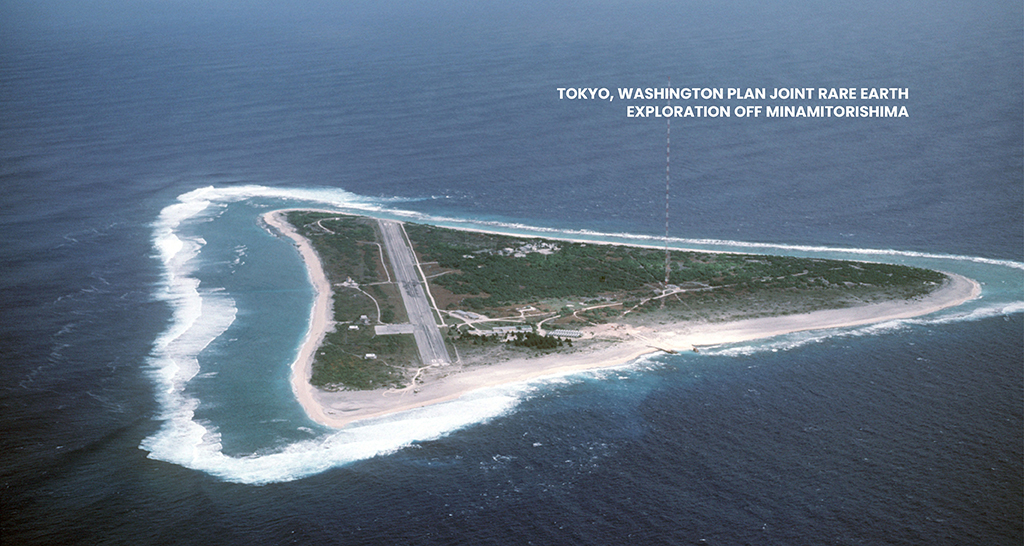Japan and the United States are exploring the possibility of starting a joint rare earth mining project in the Pacific Ocean, close to Minamitorishima Island, as announced by Prime Minister Sanae Takaichi on Thursday. This initiative is designed to secure essential mineral supplies that are crucial for high-tech manufacturing and clean energy sectors, all while aiming to lessen reliance on major overseas producers.
Prime Minister Takaichi mentioned that his talks with U.S. President Donald Trump led to a strategic framework aimed at boosting collaboration in the sourcing and development of rare earth elements. This agreement showcases the shared commitment of both nations to enhance their economic and industrial security, especially as global competition for access to critical minerals continues to rise.
Nestled about 1,900 kilometers southeast of Tokyo, Minamitorishima is part of Japan’s exclusive economic zone. Recent geological surveys have uncovered significant deposits of seabed mud that are packed with rare earth elements crucial materials for making electric vehicles, semiconductors, wind turbines, and defense technologies. According to Japan’s Ministry of Economy, Trade, and Industry (METI), if these deposits are successfully extracted, they could provide certain rare earth metals for decades to come.
Under the new plan, Japan is gearing up to kick off feasibility testing in early 2026. They will be using cutting-edge deep-sea technologies to extract mud rich in rare earth elements from depths of about 6,000 meters. If all goes well during the trials, they could start pilot operations by 2027, aiming to pull up to 350 tons of material each day. The United States is set to lend a hand by providing technical support and sharing research on eco-friendly deep-sea mining methods.
The project represents a major step forward in Japan’s ongoing effort to diversify its supply chains. For many years, the nation has depended significantly on Chinese exports for essential minerals used in electronics and renewable energy. By exploring its own offshore resources, Tokyo is looking to lessen its reliance on foreign exports and shield itself from potential market disruptions. This partnership with Washington also underscores the strengthening relationship in areas like critical materials development, energy transition, and defense technologies.
The project is up against some serious hurdles. Mining at such extreme ocean depths comes with significant technical, financial, and environmental challenges. We still have a lot to learn about deep-sea ecosystems, and experts have cautioned that large-scale extraction could really throw marine biodiversity out of balance. The Japanese government has committed to carrying out comprehensive environmental impact assessments before moving forward with full-scale operations.
Analysts point out that this partnership represents a significant shift in geopolitical strategy, as major powers compete to secure resources for the future. Rare earth elements, while present in small amounts, are crucial for making magnets, batteries, sensors, and cutting-edge communication systems. With global demand on the rise, countries are eager to create stable and sustainable sources of supply.
Prime Minister Takaichi highlighted that working together with the United States will “boost Japan’s economic resilience and guarantee a steady supply of crucial materials for emerging industries.” She also mentioned that both governments are dedicated to finding a balance between resource development and environmental responsibility.
If it all goes according to plan, the Minamitorishima initiative could really set the stage for Japan to achieve independence in rare earth materials and serve as a blueprint for future global partnerships in deep-sea resource exploration. Right now, it stands as both a bold technological advancement and a strategic move to ensure Japan remains a key player in the evolving landscape of resource security.









